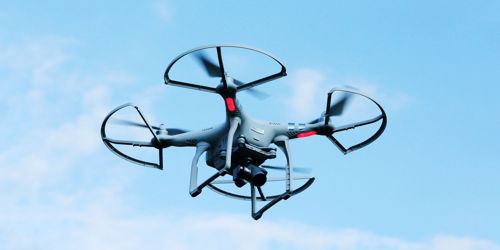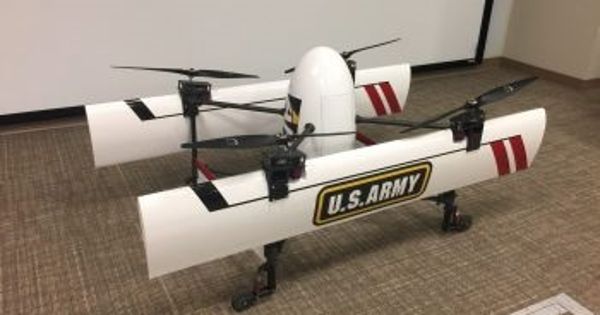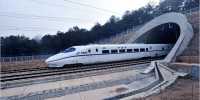Researchers claim the trick to having load-bearing, massive, Army quadrotors to ascend a few dozen feet in seconds is a new hinge. Researchers have developed algorithms that dramatically reduce the time it takes for VTOL tail-sitter drones to switch between hover and forward flight.
Dr. Jean-Paul Reddinger, a U.S. aerospace research engineer. Army Combat Capability Development Command, now known as DEVCOM, Army Research Laboratory, is researching how rapidly a quadrotor of the size of a king-size mattress can fly from the ground to the roof of a two-story house, especially with large payloads, such as the weight of a Soldier.
Reddinger came up with a hinge at the root of the quadrotor blade close to the hub. He adjusted it so that the pitch of the blade varies with the speed of the rotor. As quadros and related aircraft are scaled up, the extra inertia of the rotor blade slows them down, he added.
It may take a long time for light electric motors to adjust the speed and thrust of the rotor, which eventually influences the speed, range, and stability of the engine, but with this coupling, the thrust becomes more responsive to rotational changes per minute or to the RPM.

Reddinger said the difference is large quadrotors carrying these loads that could climb roughly 25 feet in as little as two seconds with the hinge instead of three or four seconds without it. “Every second less than it takes a quadrotor to get where it’s going is a second less that an enemy can target it, and a second less than a Soldier has to wait for it to deliver supplies and intelligence,” Reddinger said. “When a pilot or flight controller asks for more thrust to climb, it takes much more time for the aircraft to move.”
Reddinger said that if they can improve the sensitivity of the thrust to changes in the RPM, it would allow for more control and agility. Helicopters with four rotors, generally referred to as quads or quads, are part of a family of unmanned aircraft’s systems of two sets of counter-rotating rotors and propellers. This aircraft can glide, fly forward and perform aerial take-offs and landings, comparable to helicopters.
Popular Army UAS specifications include speed, versatility, adaptability and ability to provide real-time surveillance and payloads. This innovation is likely to boost endurance without completely committing the swash plate and the weight penalties associated with it, he said.
According to Reddinger, people typically think about the issues of responsiveness in one of two ways. They’re installing a swashplate to actively control the blade pitch, or only placing smaller rotors on the aircraft like an octa copter, he said. “The problem is that both of these solutions weigh more, which means the air craft can’t carry as much gear, or cameras, or batteries,” he said.
Reddinger addressed the 30 percent reduction in thrust reaction of the hinge in the paper Coupled Pitch-Lag Hinge for High Inertia Electric Rotors. These observations were recently discussed at the 76th Annual Forum and Technology Show of the Vertical Flight Society.













